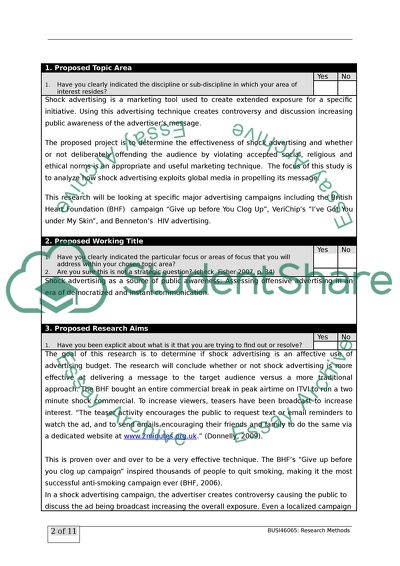Cite this document
(Shock Advertising as a Source of Public Awareness Research Proposal, n.d.)
Shock Advertising as a Source of Public Awareness Research Proposal. Retrieved from https://studentshare.org/social-science/1724864-shock-advertising-as-sourse-of-brand-awearness-exploring-effectivness-of-shock-advertising-on-the-consumes-decision-making-process
Shock Advertising as a Source of Public Awareness Research Proposal. Retrieved from https://studentshare.org/social-science/1724864-shock-advertising-as-sourse-of-brand-awearness-exploring-effectivness-of-shock-advertising-on-the-consumes-decision-making-process
(Shock Advertising As a Source of Public Awareness Research Proposal)
Shock Advertising As a Source of Public Awareness Research Proposal. https://studentshare.org/social-science/1724864-shock-advertising-as-sourse-of-brand-awearness-exploring-effectivness-of-shock-advertising-on-the-consumes-decision-making-process.
Shock Advertising As a Source of Public Awareness Research Proposal. https://studentshare.org/social-science/1724864-shock-advertising-as-sourse-of-brand-awearness-exploring-effectivness-of-shock-advertising-on-the-consumes-decision-making-process.
“Shock Advertising As a Source of Public Awareness Research Proposal”, n.d. https://studentshare.org/social-science/1724864-shock-advertising-as-sourse-of-brand-awearness-exploring-effectivness-of-shock-advertising-on-the-consumes-decision-making-process.


